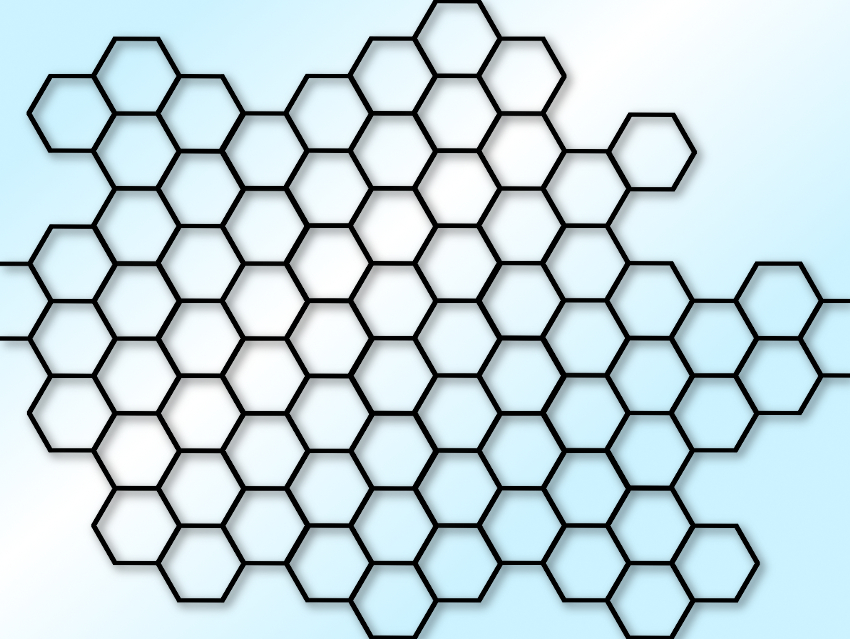Graphene can be grown on many different substrates using chemical vapor deposition (CVD). CVD is the most common fabrication method for single-layer graphene. The method is often used with metallic substrates due to the catalytic nature of the surface. it can be challenging to deposit a layer of graphene onto an insulating substrate—such as glass—using CVD.
Feng Ding, Ulsan National Institute of Science and Technology, Republic of Korea, Kaihui Liu, Zhongfan Liu, Peking University and Beijing Graphene Institute (BGI), both Beijing, China, and colleagues have developed a method to deposit graphene on glass using a local fluorine supply. The fluorine is produced by the thermal decomposition of a metal fluoride placed below the glass substrate. The researchers fabricated graphene on glass without the need for any metal catalyst. The formation of a graphene layer only took five minutes, with a domain growth of around 37 nm min–1 and a nucleation rate of around 1200 nuclei min–1 cm–2.
The team used first-principles calculations to investigate how graphene grows on the insulating surface. They think that the fluorine could rapidly react with methane atoms in the gas phase to form an active carbon feedstock composed of CH3F. The presence of the fluorinated methane in the carbon feedstock could lower the barrier of carbon attachment. The concentration of active carbon compounds in the feeder gas was found to be high enough to form graphene on the dielectric, insulating glass substrate.
- Ultrafast Catalyst-Free Graphene Growth on Glass Assisted by Local Fluorine Supply,
Yadian Xie, Ting Cheng, Can Liu, Ke Chen, Yi Cheng, Zhaolong Chen, Lu Qiu, Guang Cui, Yue Yu, Lingzhi Cui, Mengtao Zhang, Jin Zhang, Feng Ding, Kaihui Liu, Zhongfan Liu,
ACS Nano 2019.
https://doi.org/10.1021/acsnano.9b03596




